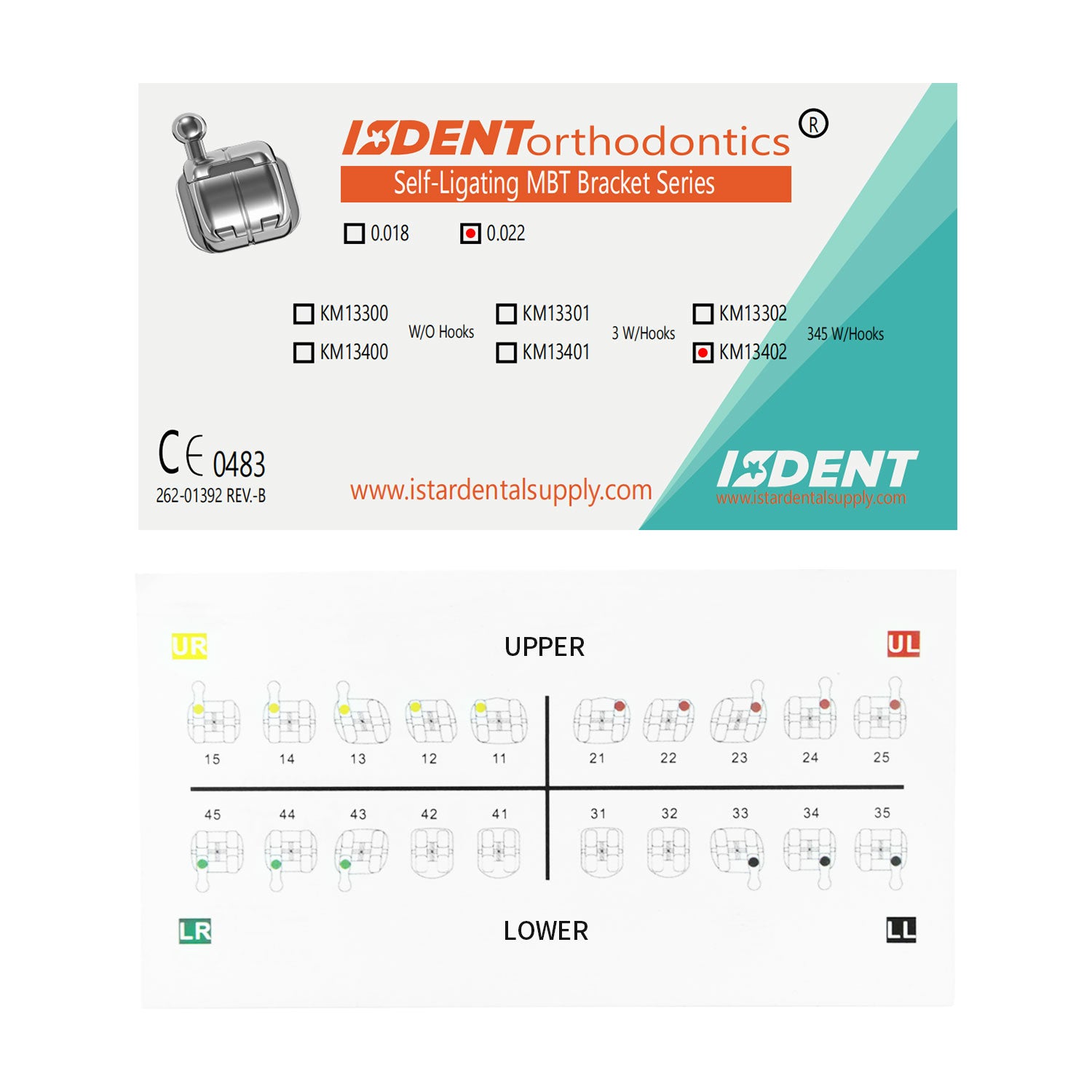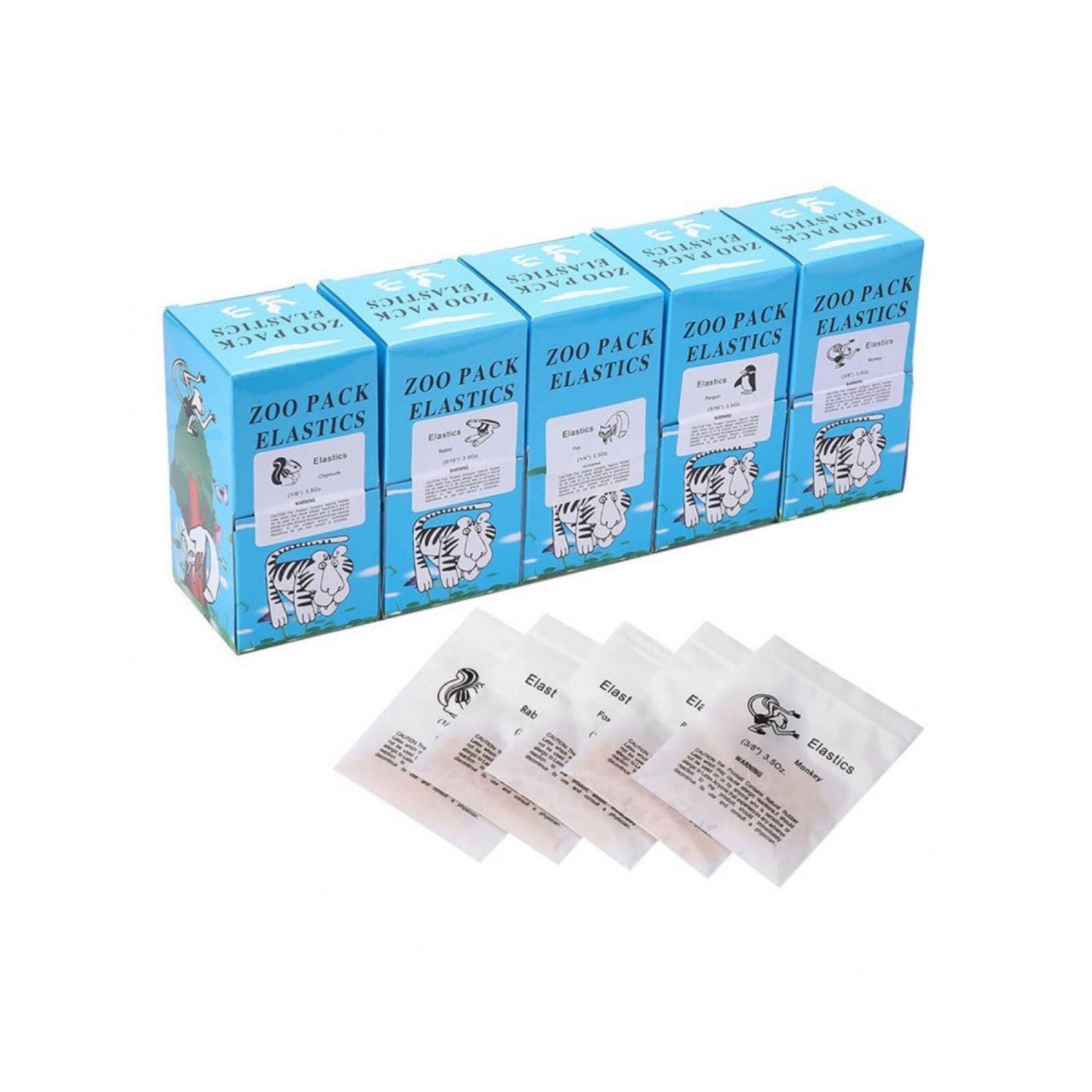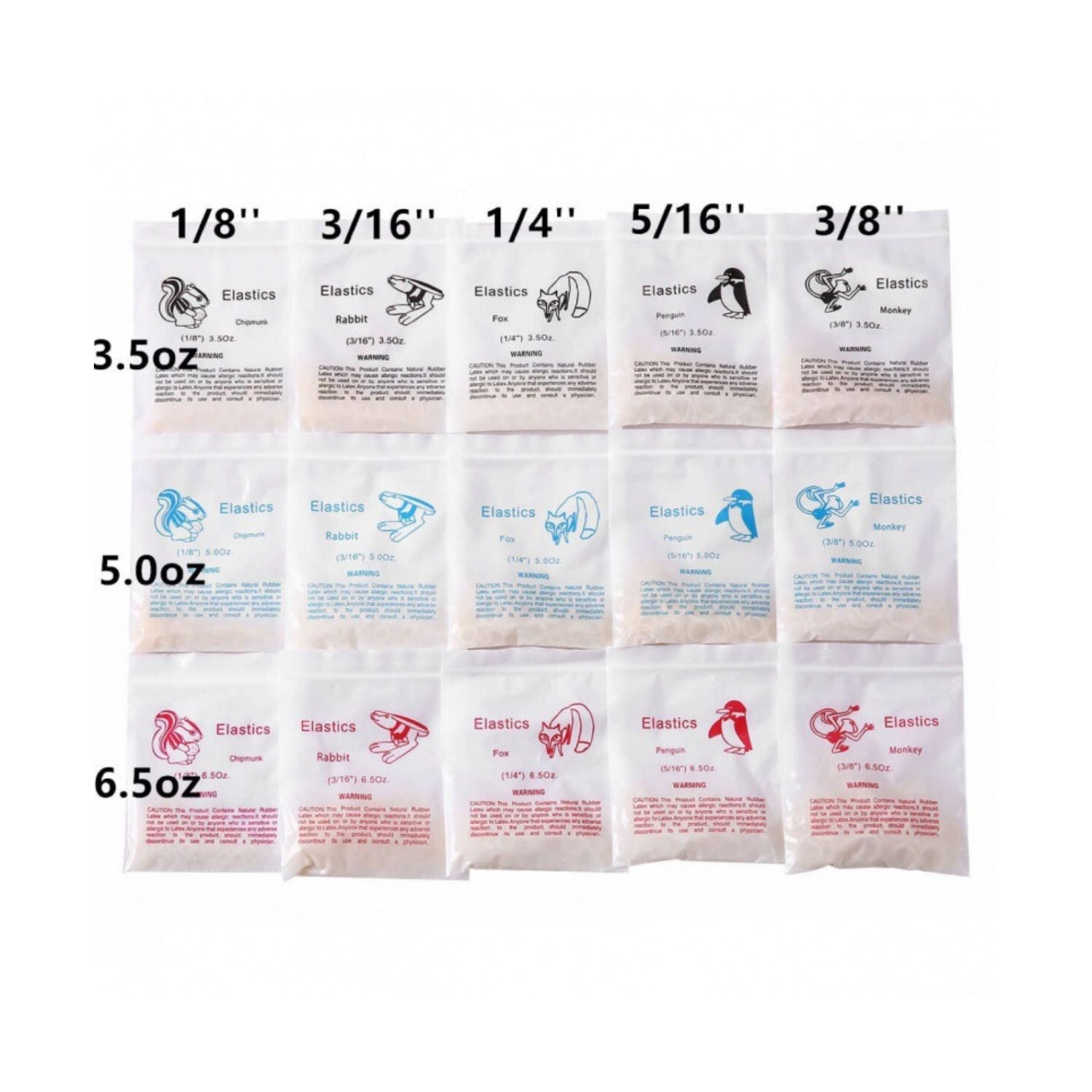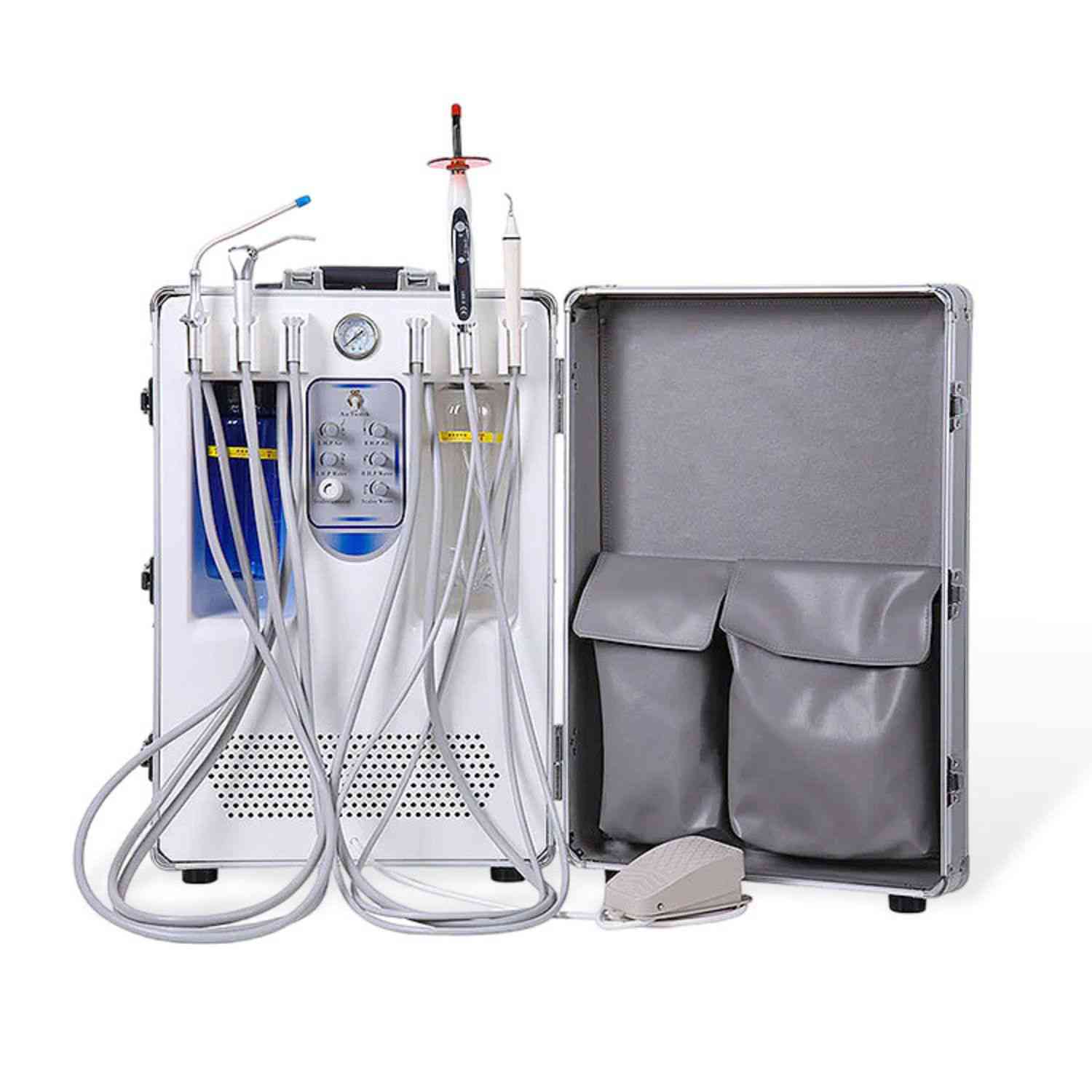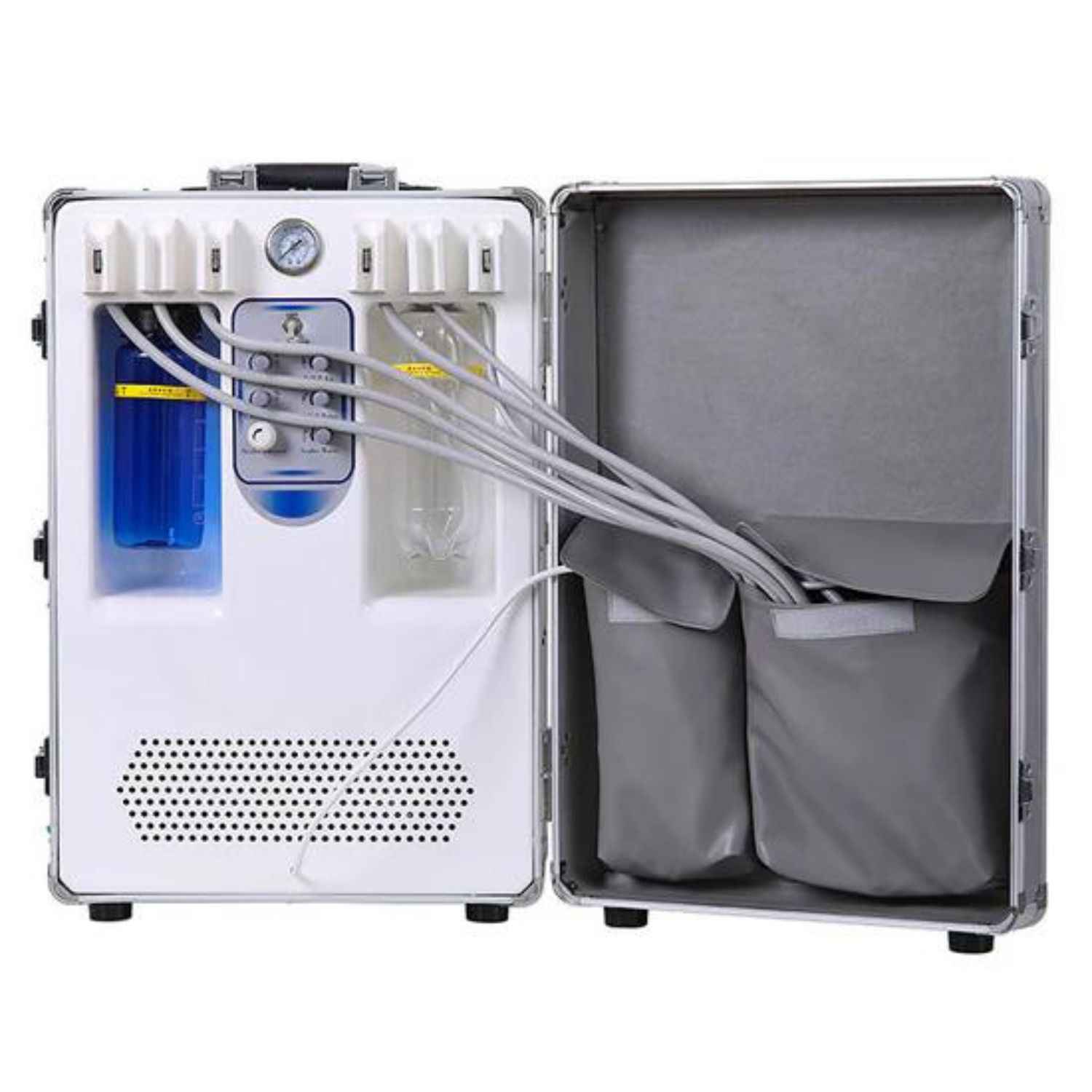The Buccal Tube: The Secret Anchor in Your Dental Brace
One of the most important parts of orthodontics is the buccal tube. It may be small, but this little piece does a very big job. In this article, you will learn everything about this unsung hero of the brace. We will look at what a buccal tube is, why it's so important for your orthodontic treatment, and how it works with the other elements of braces to create your perfect smile. If you have braces or are about to get them, understanding all the parts will make your journey clearer and more interesting.
What Exactly Is a Buccal Tube on a Brace?
When you first get a brace, you notice all the new things in your mouth. You see the brackets on each tooth and the thin wire connecting them. But if you look way in the back, you might see a special kind of attachment. This is the buccal tube. It’s a small metal tube that is usually placed on your back molar teeth. It doesn't look like the other brackets, and that's because it has a different, very important job.
Think of it as the end of the line for the main wire of your braces. This small yet powerful component is a cornerstone of modern orthodontics. While the brackets on your front teeth are designed to hold the archwire in a little slot, the buccal tube is designed to completely contain the end of the wire. This special design is what gives it a unique and crucial functionality in your treatment. It's one of the key parts of braces that work behind the scenes. The buccal tubes play a huge role in making sure everything moves correctly.
Where Are These Tubes Located on Your Teeth?
The name "buccal" gives you a hint about where it is. In the dental world, "buccal" means the side of your tooth that faces your cheek. So, the buccal tube is located on the cheek-side of one of your back teeth, usually a molar. These back teeth are big and strong, making them the perfect place to put an anchor for your brace. You will typically have one buccal tube on each side of your upper jaw and each side of your lower jaw.
There are two main ways your orthodontist can attach a buccal tube. The first and more modern way is to bond it directly to the surface of your molar. This is similar to how a normal bracket is attached to each tooth. The second method involves a molar band. This is a metal ring that is custom fitted around the tooth, kind of like a little belt. The buccal tube is already welded onto this band. Your orthodontist then cements the whole molar band around the entire tooth. Both methods work well to keep the tube in the correct position.
How Does the Buccal Tube Work with the Archwire?
The relationship between the buccal tube and the archwire is simple but very important. The archwire is the active part of your brace. It's a special wire that runs all the way around your dental arch, connecting to each bracket. This wire is what applies the gentle, steady pressure needed to move your teeth. But for that wire to work, it needs to be held securely at both ends. That’s where the buccal tube comes in. It is designed to hold the archwire in place.
During your adjustment appointment, your orthodontist will thread the end of the archwire through the small opening in the buccal tube. The tube acts like a tunnel that the archwire slides into. Once the wire is inside the tube, it is anchored. This allows the archwire to exert the precise force needed for effective tooth movement. Without a secure buccal tube to secure the archwire, the wire would be loose and couldn't guide your teeth properly.
Is a Buccal Tube Different From a Bracket?
Yes, a buccal tube and a bracket are different, though they are both essential parts of your braces. A bracket is what you see on most of your teeth. It’s a small square, either metal or ceramic, that is bonded to the front surface of each tooth. A bracket has a horizontal slot where the archwire sits. A tiny elastic ring or a small wire, called a ligature, is then used to hold the archwire to the brackets.
A buccal tube, on the other hand, is usually found only on a back molar. Instead of an open slot, it is a closed tube. The archwire is threaded directly into it, so it doesn't need a ligature to hold it in place. The buccal tube is often bigger and stronger than a regular bracket. This is because it has to withstand strong chewing forces and serve as the main anchor for the entire brace system. So, while they both connect to the archwire, their design and jobs are quite different. Compared to molar brackets, which some people have, tubes provide more control.
Why Is the Buccal Tube a Key Anchor in Orthodontics?
In any kind of construction, you need a strong foundation or anchor. The same is true in orthodontics. To move teeth, you need a stable point to pull from. Your back molars are the strongest teeth in your mouth. They have large, deep roots, which makes them very stable. The buccal tube is placed on a molar to take advantage of this natural strength. It turns your strong back tooth into a solid anchor point for the entire appliance.
This anchor is what makes the whole process of straightening teeth possible. The archwire is constantly trying to return to its original U-shape. As it does this, it pulls on the teeth it's attached to. The buccal tube provides the stable end point that allows this pulling to happen in a controlled way. It ensures that the force is directed at moving the other teeth, not the strong molar it's attached to. The buccal tubes play a crucial role in the overall effectiveness of your orthodontic treatment.
Do Buccal Tubes Have Hooks for Rubber Bands and Other Parts?
Many buccal tubes are designed with extra features, and one of the most common is a small hook. If you look closely at your buccal tube, you might see a little metal arm sticking out. This hook serves as a vital attachment point for other orthodontic tools, most commonly rubber bands. These are not the same as the small color elastics that hold the wire to your brackets. These are larger elastics that you put on and take off yourself.
These rubber bands are often used to correct bite issues. For example, you might stretch an elastic from a hook on your top buccal tube down to a bracket on your bottom teeth. This helps to align your jaws and improve how your top and bottom teeth fit together. The buccal tube can also have attachments for other devices, like headgear. Headgear is sometimes used in more complex cases to provide extra force and enhance the alignment process. The simple buccal tube is more versatile than it looks.
What Materials Are Used to Make a Buccal Tube?
A buccal tube has to be very strong. It’s located on a back molar, where you do most of your heavy chewing. It also has to serve as the main anchor for your brace. For these reasons, buccal tubes are typically made from stainless steel. This is a very strong and durable metal that can withstand all the forces inside your mouth without breaking or bending. Stainless steel is also biocompatible, which means it is safe to have in your body for a long time.
The durability of the material is key. Think about all the hard, crunchy, and chewy foods you eat. The buccal tube has to survive all of that while still doing its job perfectly. Materials like stainless steel ensure that the tube remains firmly attached and functional throughout your entire orthodontic treatment. While some other orthodontic parts, like brackets, can be made from clear or tooth-colored ceramic to be more discreet, the strength of stainless steel is usually preferred for the hard-working buccal tube.
What Should I Do If My Buccal Tube Feels Loose or Causes Irritation?
Even though buccal tubes are very strong, they can sometimes come loose or detach. This usually happens if you eat something very hard or sticky that pulls on the brace. If you feel that your buccal tube is loose, the first thing you should do is call your orthodontist and let them know. It’s important to get it fixed as soon as possible because a loose part can slow down your treatment progress.
Sometimes, the buccal tube itself or the little piece of archwire sticking out from it can rub against the inside of your cheek. This can cause irritation or a sore spot. If you experience this kind of discomfort, dental wax is your best friend. Your orthodontist probably gave you some. You just need to take a small piece, warm it between your fingers, and gently press it over the part that is causing discomfort. You can apply a small amount of wax to cover the sharp edge. This creates a smooth barrier between the metal and your cheek or gum. Even if the wax helps, you should still make an appointment to have your orthodontist check it.
How Does My Orthodontist Choose the Right Buccal Tube for Me?
Choosing the right buccal tube is a very precise job. Your orthodontist is an expert who knows that one size does not fit all. They have to tailor every part of your brace to your unique mouth and treatment plan. When selecting a buccal tube, your orthodontist will consider several things. They will look at the size and shape of your molar tooth. They will also think about the specific goals of your orthodontic treatment. For example, will you need to wear rubber bands? If so, they will choose a buccal tube with a hook.
Buccal tubes are available in various designs to meet these needs. Some have one tube, while others might have two or even three tubes for more complicated treatments that require multiple archwires or other appliances. The precision used to select and place the buccal tube is very important. Your orthodontist uses their expertise to choose the perfect appliance for your specific orthodontic needs. This helps ensure the best possible fit and the most efficient path to your new smile.
So, How Does This Small Component Help Create My New Smile?
The buccal tube is much more than just a piece of metal. It is a key player on a team of parts of your braces, all working together to achieve one goal: a healthy, beautiful smile. Every component, from the smallest bracket to the main archwire, has a job to do. The buccal tube’s job is to be the strong, silent anchor that makes all the other work possible. Without it, the system would lack the stability it needs to gradually shift your teeth.
This small metal tube plays a pivotal role in your journey to proper alignment. By securely holding the archwire in the correct position, the buccal tube allows the wire to help guide your teeth into their final places. It helps to align your bite and transform your smile. So, the next time you are at an adjustment appointment with your orthodontist, take a moment to appreciate the humble buccal tube. Its powerful functionality is a perfect example of how effective orthodontic technology uses small parts to make big changes.
Key Things to Remember
-
The buccal tube is a small metal part on your back molar that acts as an anchor for your brace.
-
It is different from a bracket because it is a closed tube that the end of the archwire slides into, securing it in place.
-
The buccal tube's main job is to hold the archwire in place, allowing it to apply the steady pressure needed for tooth movement.
-
Many buccal tubes have hooks that are used as attachment points for rubber bands to help correct bite issues.
-
If your buccal tube becomes loose or causes irritation, cover it with dental wax and call your orthodontist right away.





